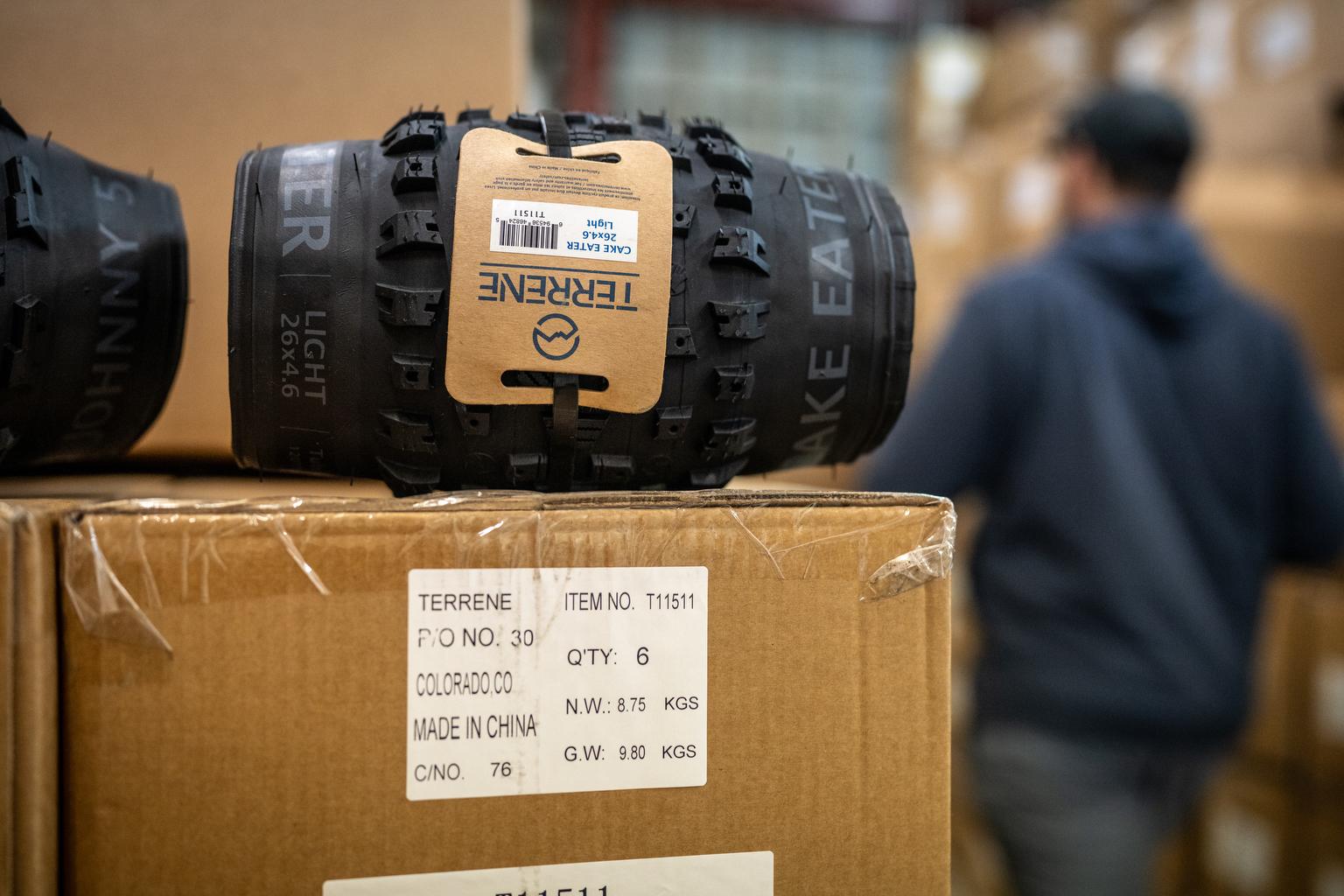Originally published on February 11, 2019 4:04 pm
Imagine a swarm of big, black birds flying overhead at dusk. No, it’s not a scene from a Hitchcock film. This is Nampa, Idaho — a small community that’s become the winter home for tens of thousands of crows. They are noisy and messy, and Nampa residents are pushing back.

For the last few months at about five every evening, the recorded call of a hawk starts blasting from a loudspeaker outside Fast Glass in Nampa, Idaho. Jim Jorgensen, a manager here, installed the speaker to scare off crows.
“It worked really good for the first month,” says Jorgensen. “Then they just got braver and braver and now it doesn’t really help a whole lot.”
Crows are smart, and it’s possible they figured out Jorgensen’s trick. And that’s a problem for him. His business installs glass in houses, vehicles and commercial businesses. Every night, the crows settle in to roost in the trees and power lines surrounding his business. Thousands of crows mean thousands of bird droppings on his equipment and vehicle fleet.
“We can’t be pulling up to customer’s houses covered in bird poo,” says Jorgensen. Every month, he spends hundreds of dollars cleaning vehicles and pressure washing his building.
The city of Nampa is trying to help, but it’s tough to outsmart these wily and intelligent corvids. When the crows first showed up in Nampa a couple years ago, the last mayor’s approach was to shoot the birds. That didn’t go over so well with animal lovers, and it, turns out, is against federal law. The new city manager, Bobby Sanchez, is taking a different tack.
Sanchez says he doesn't expect to get rid of the crows, but at best, to manage the population. The idea is to use non-lethal measures to shoo the birds away from places where their waste and constant cawing can be a nuisance for business owners, like downtown.
A Night With Crow Patrol
To that end, Sanchez has organized what he calls the crow patrol — city staffers plus volunteers from the community. Daylight is just starting to fade to gray when I meet them in a big Fred Meyer parking lot lined with trees. This is the crow’s latest favorite roosting spot.
Darrin Johnson manages parks and recreation for the city. He watches as at first, only a few big black birds glide above us.
“They are beautiful,” says Johnson. “Just the way the they move, it’s just such a kind of majestic pattern.”
The birds swarm in an S- shape far above the beams of the parking lot lights. In the distance, more and more birds appear on the horizon as tiny black dots, flowing toward us like a river in the sky. After about 15 minutes, the sky above is full with several flocks of crows, each containing several thousand birds, flying in unison.
And then, all of a sudden, the crows settle in. They dive bomb from the sky and into the branches of the trees. Their dark silhouettes stand out against the background of the mottled gray and blue sky.
It’s not totally clear why the crows picked Nampa for their winter gathering place. But it’s possible that the city is a few degrees warmer than the surrounding rural areas, because of the way asphalt absorbs heat and creates a little thermal hot spot. There’s also readily available food for the birds here — everything from dumpster trash to agricultural fields surrounding the city.
But right now they’re not eating. Thousands of them are sitting wing to wing in the bare trees surrounding our crow patrol. It’s a little ... unsettling.
So it’s time for the crow patrol to get to work.
Johnson brings out his first trick: a laser. He directs a bright green beam toward the roost.
“They see it kinda as a stick coming towards them,” says Johnson. “And it feels like they’re going to get hit by a stick. They don’t like that.”
He’s right. The crows take off.
Johnson says these trees have also been treated with a non-lethal but stinky chemical that smells like grape juice. The stink kept the birds away for a while. But, they came back.
Tonight there’s another trick to try. Nampa police officer Jacob Peper slowly hovers a drone toward a roost.
“Once you do kinda startle ‘em off and get them moving, it’s kind of scary honestly with all those crows in the air,” says Peper.
Scary, but the drone is shoo’ing the birds. But will the crows figure out this trick too? If so, Sanchez has another trick up his sleeve.
“Two words: noise cannon,” says city manager Bobby Sanchez. That’s exactly what is sounds like: a cannon designed to make a big boom and scare away the birds. Sanchez doesn’t want the crows to disappear, but he wouldn’t mind if they took up residence someplace else, like Deer Flat National Wildlife Refuge, instead of roosting right in the middle of town.
Sanchez sometimes wonders if the crows know that he’s the one behind all these scare tactics. He might not be that far off. While we humans can’t tell crows apart, the birds can actually remember human faces.
“When I’ve gone to some of these crow roosts, they really do a number on my truck and I have to go to the car wash right afterwards. So I wonder if they go, 'Hey, that’s Bobby Sanchez, let'ss go visit his truck.'”
Find reporter Amanda Peacher on Twitter @amandapeacher.
Copyright 2019 Boise State Public Radio
This story was produced by the Mountain West News Bureau, a collaboration between Wyoming Public Media, Boise State Public Radio in Idaho, KUER in Salt Lake City and KRCC and KUNC in Colorado.
Copyright 2019 Boise State Public Radio News. To see more, visit Boise State Public Radio News.









